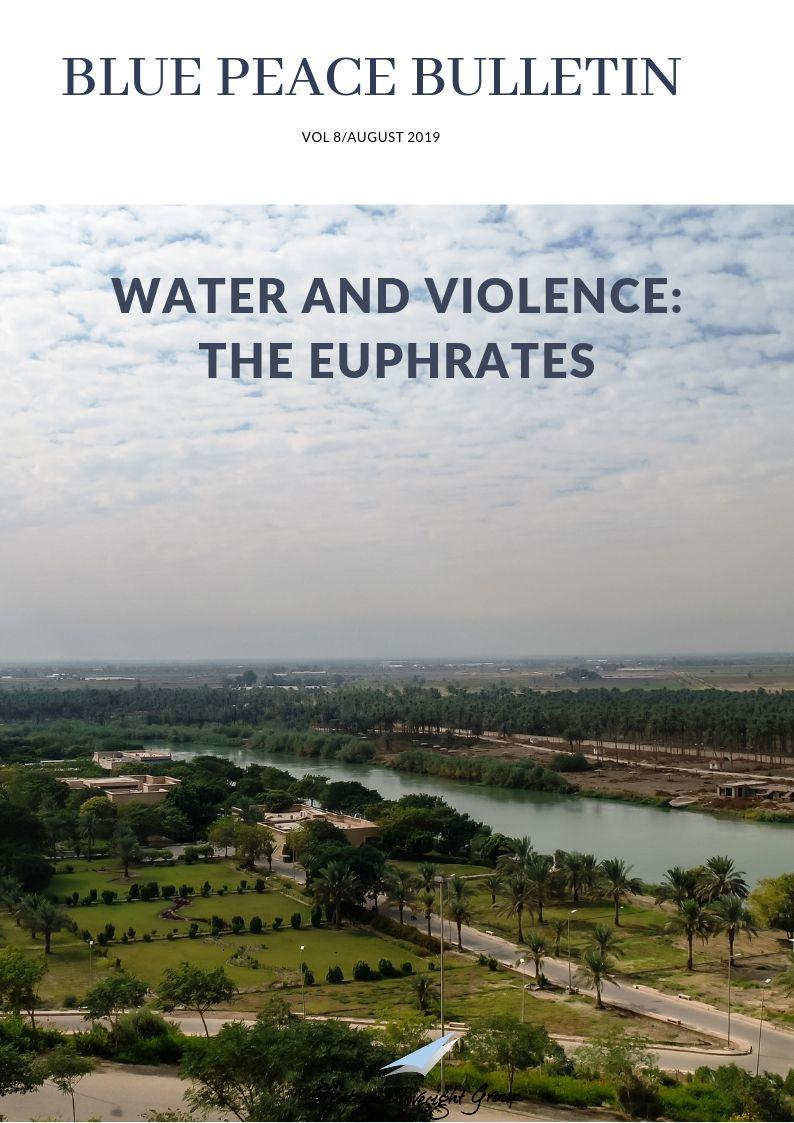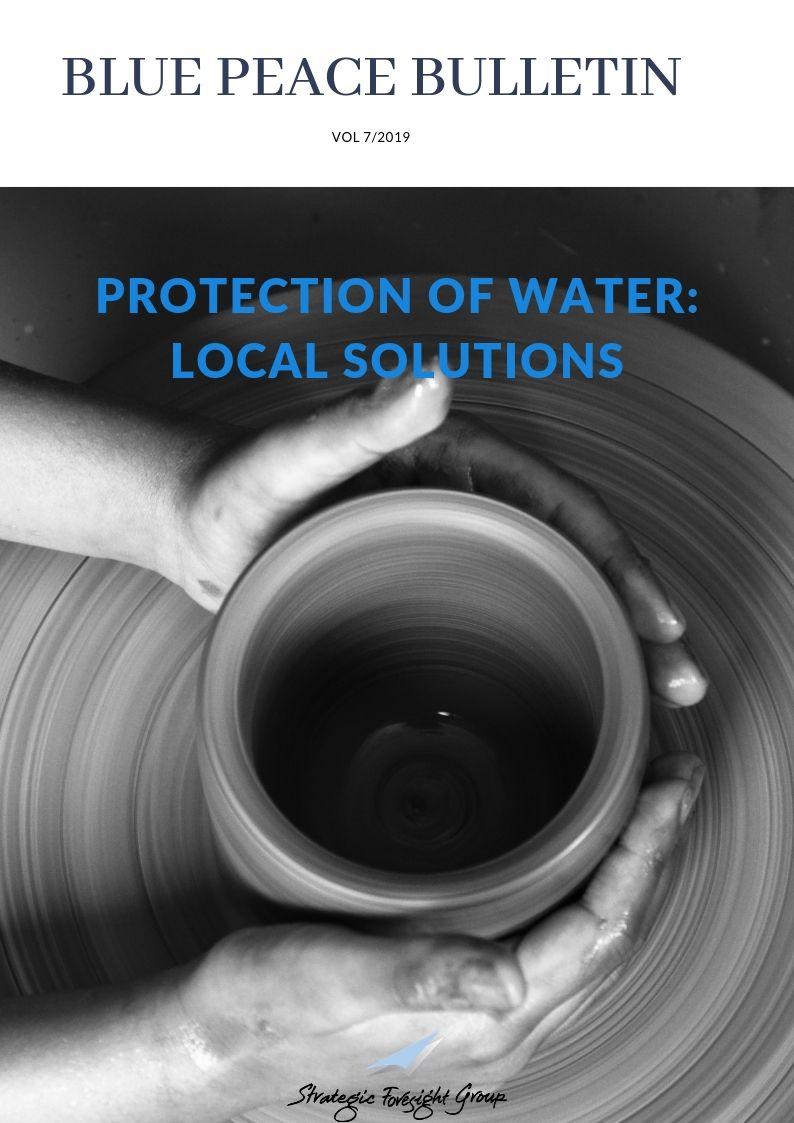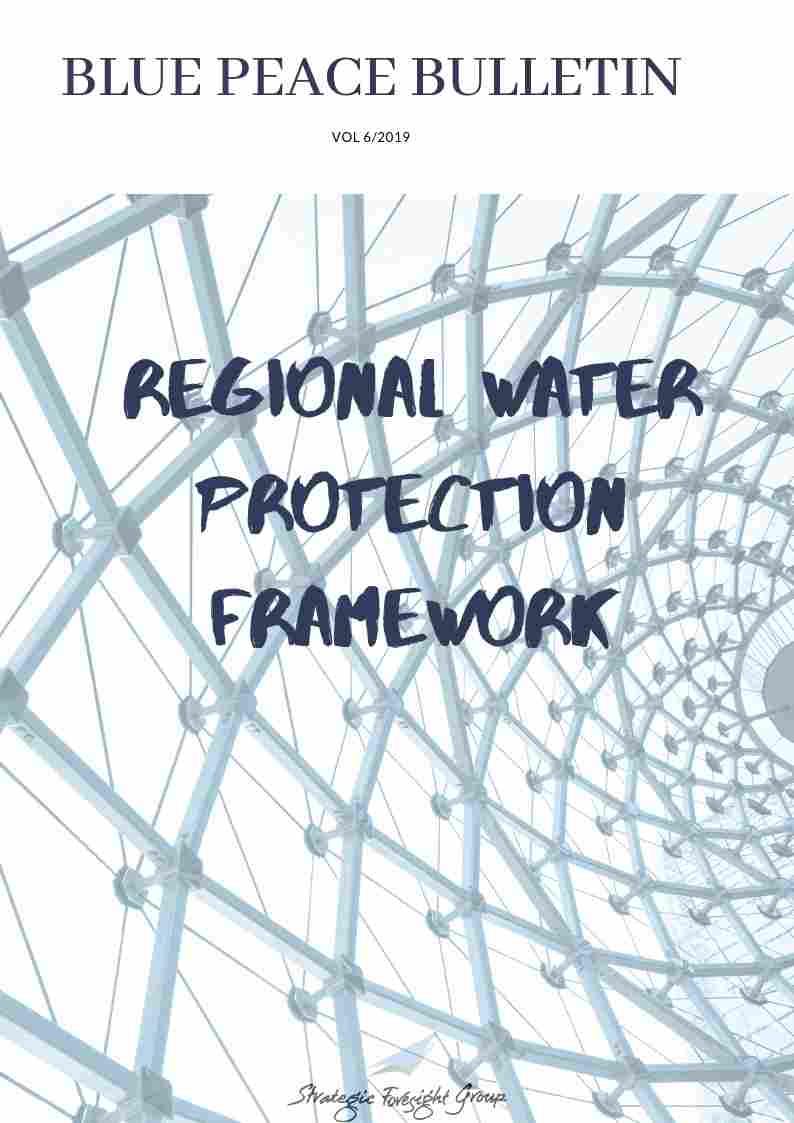Can Regional Cooperation Mitigate the Impact of Natural Disasters?
|
|
August 3, 2013
By
|
For the past decade, there have been innumerable calls to address global warming and climate change across the world. There has been an increase in awareness, action and overall consciousness about the impending consequences of the same. However, the pace of change is still slow and disasters continue to strike our planet, causing death and destruction. We live during a time when natural calamities have become more frequent and global in nature and recognize no borders. In order to tackle these issues that transcend borders is it time for our approaches and solutions to be more region-centric and collective than ever before? Should regional organizations be made responsible and in-charge of prevention, mitigation, response and restoration?
Today, global temperatures are rising and causing extensive climate variability. As a result, there are frequent heat waves, wildfires, prolonged droughts, tropical storms, cyclones, and the numbers of rainy days are decreasing while the amount of rainfall in shorter periods of time is increasing. Additionally, sea levels and temperatures are rising and snow covers and glaciers are melting and slowly disappearing. Studies have stated that the past decade from 2001 to 2010 has been the warmest since the 1800s and that temperatures may increase by up to 3°C by 2050 if things remain unchanged. Although the growing awareness emphasizes measures and actions that need to be taken to delay the onset of a murky future, very little effort is actually being placed in combating all that is to come in the meantime. Climate change has several effects on our planet ranging from glacial and iceberg melts to seasonal variation, thereby resulting in catastrophic consequences such as flash floods, landslides and droughts.
The most hard-hitting effect of this phenomenon is the loss and damage to human security and development. According to the UN International Strategy for Disaster Risk Reduction (UNISDR), the direct losses caused by natural disasters since the start of 2000 have been $2.5 trillion. In the wake of such disasters, it is important to understand the role of disaster preparedness and management whilst focusing on combating global warming and climate change. Preparedness and management are key to prevention and control, especially in countries that are prone to such calamities. As efforts to tackle the causes of global warming continue, the effects of the same must be focused on some more in order to create balance. In the past decade, there have been 4,182 occurrences of natural disasters, resulting in more than 1.1 million deaths, 3.7 million injured, and 28.1 million left homeless. The urgent need for disaster preparedness and management has come to light and must now take a front seat.
The year 2013 has proven to be a season of alarm calls for several countries to test and evaluate their disaster preparedness and management skills and abilities. The end of May witnessed severe flooding in several countries in Europe, especially Germany and parts of Czech Republic and Austria. River systems including the Danube and Elbe swelled up as a result and about two dozen deaths were reported. The total economic losses are estimated at $22 billion. In June, North India, specifically the state of Uttarakhand, experienced a national calamity wherein several days of cloud bursts led to massive flash floods and landslides. It is estimated that more than five thousand people have perished, even more displaced, and many still missing. The total economic losses are said to be more than $1.1 billion. In July, China and Canada were in similar situations with heavy rainfall resulting in large numbers of people being displaced, damage to infrastructure and overall havoc. The total economic losses are for Canada is estimated at $3.8 billion.
Disaster Preparedness and Management go hand-in-hand wherein the former could comprise of technical studies, training programs, early warning systems, data collection and monitoring, and exchange of information while the latter could include flood control, drought management, rescue and aid, recovery and response and post-disaster reconstruction. Disaster preparedness sets the foundation for studying patterns and trends that help predict and anticipate future disasters. On the other hand, disaster management is the full-fledged action that attempts to alleviate and control the destruction and devastation caused by the on-going disasters. This could be in the form of rescue operations, food security and rehabilitation. Both these concepts are extremely significant and much needed, especially in light of recent events.
Generally, disaster preparedness and management take place at different levels, such as locally through grassroots initiatives and nationally via government-oriented programs. For instance, local districts and communities make citizens aware of the types of disasters they may be prone to, and teach them how to equip themselves in terms of safety and health in such scenarios. The government programs usually have directives for different types of disasters, taking into consideration number of people affected, and their needs and requirements during the expected timeframe. These plans account for aid, food, shelter and rehabilitation. However, in the wake of large-scale disasters and massive devastation that often spill over into neighbouring countries, these systems might not suffice. For instance, the origin, effect and after-effects of a disaster could be spread across several geographical locations. As a result, the problem may not be addressed in its entirety, and may suffer delays, mismanagement and negligence.
As the trans-boundary nature of recent disasters persists, the significance of regional organizations comes to light. These bodies can play a crucial role during disasters as they consist of multiple stakeholders and are built on a solid support system. During times of crises, a common pool of manpower, equipment, technology and emergency aid can be extremely beneficial to the party in need. Furthermore, joint ambition, resources, policies, political will and action can pave the way for stronger relations, consistent growth and long standing progress. For instance, the European Commission has spent the last few years concentrating on disaster management, specifically risk assessment, risk mapping, planning and capacity building. Additionally, its focus includes a best practices programme on disaster prevention, identifying considerable risks for the future, and increasing transparency, confidence and ownership amongst member states. There are several other regional organizations such as South Asian Association for Regional Cooperation (SAARC) and Association of Southeast Asian Nations (ASEAN) that have established disaster management committees set up, but their role is mostly theoretical and knowledge-based, comprising trainings, workshops and policy advice. It can be assumed that the reason for limited collaboration is to protect a nation�€™s sovereignty and safeguard its national interests.
However, the time has arrived to weigh the costs versus benefits regarding regional cooperation and action. Taking into consideration the shifting geography and climatology across the globe, leading to natural calamities and immense death and destruction, can countries afford to ignore regional cooperation as a means to combat large-scale natural disasters?
Related Publications
Related latest News
Related Conferences Reports
-

An Unprecedented Opportunity:Blue Peace in the Middle East
Download:Stockholm Workshop Report
-

Strategy Workshop on Blue Peace in the Middle East
Download:Strategy Workshop on Blue Peace in the Middle East





